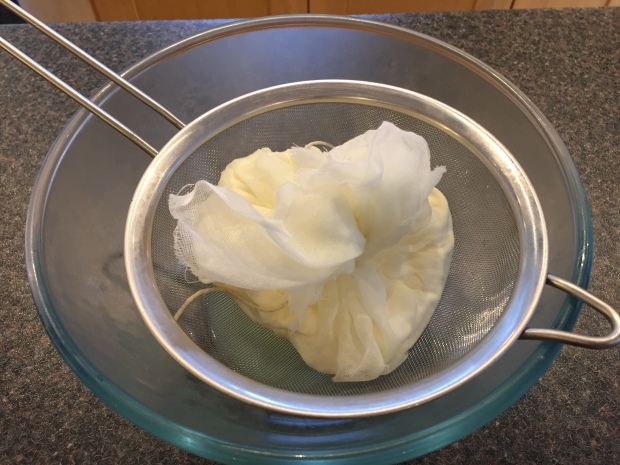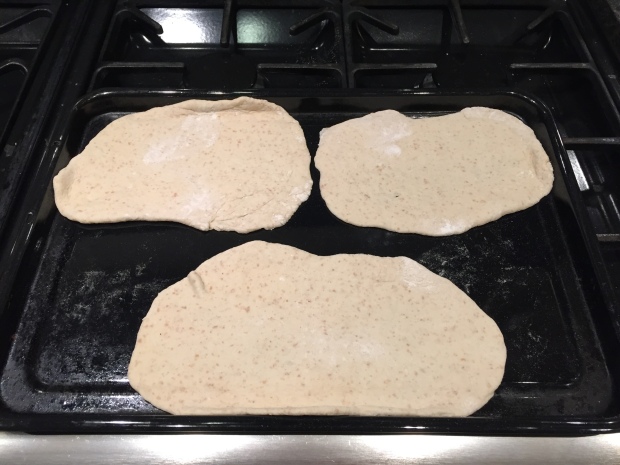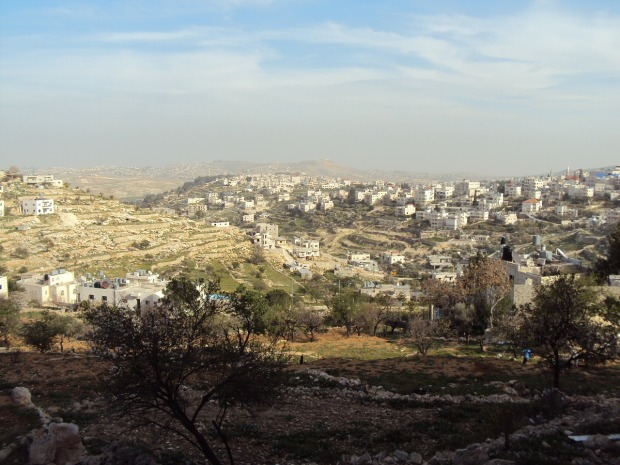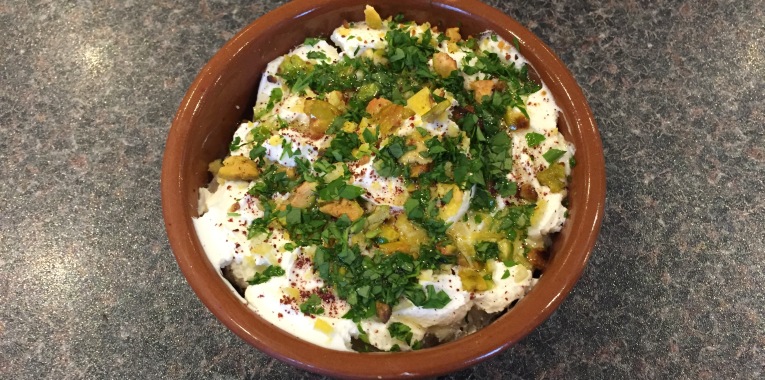The State of Palestine is a modern de-jure sovereign state in the Middle East recognised by 136 UN members and with non-member observer state status in the UN since 2012. The term “Palestine” has been associated with the geographical area that currently covers the State of Israel, the West Bank and the Gaza Strip. Most of the areas claimed by the State of Palestine have been occupied by Israel since 1967, in the aftermath of the Six-Day War. Since ancient times Palestine has been a crossroads between Asia, Europe, and Africa.
Described as one of the most troubled corners of the planet, travelling in Palestine can be challenging. Ancient Jericho is believed to be the oldest inhabited city in the world with the oldest known protective wall in the world. Archaeologists have unearthed the remains of more than 20 successive settlements in Jericho, dating back to 9000 BC, almost to the very beginning of the Holocene epoch of the Earth’s history. The city of Bethlehem has more than two million visitors every year and The Church of the Nativity is one of the major tourist attractions. It stands in the Manger Square, over a grotto called the Holy Crypt, where Jesus is believed to have been born. Christmas is celebrated three times a year in Bethlehem:
Catholics and Western denominations celebrate Christmas on December 25, Greek Orthodox followers celebrate on January 6, and Armenians celebrate on January 18.
Palestinian cuisine is similar to other Levantine cuisines, including Lebanese, Syrian and Jordanian. It is a diffusion of the cultures of civilisations that settled in the region of Palestine, with strong influence from Turkish cuisine. Some recipes I came across include Kubbi balls (fried spiced minced meat croquettes), Adas (lentil soup), Manakish (pizza), Musakhan (roasted chicken baked with onions, sumac, allspice, saffron, and fried pine nuts), Mansaf (lamb cooked in yoghurt), Mujaddara (lentils with rice & onions) and Sumaghiyyeh (beef stew with beans, sumac and tahina). I decided to make Labneh (cheese made from yoghurt) with pistachios, parsley, lemon and sumac dip served with freshly made pitta bread. It is commonly served for breakfast among Palestinians in the West Bank and the Gaza Strip. It had a similar taste and texture to cream cheese and we thought it was delicious, especially with the homemade pitta bread.
Rating: 9/10
Serves: 4 as a nibble
Prep time: 25 minutes + 5 – 7 days resting in the fridge (I left mine for 7 days)
500g greek yoghurt
Good pinch of salt
1/2 tbsp pistachios
1/2 tbsp fresh parsley, chopped
1/4 lemon zest, finely chopped
pinch sumac
1/2 tbsp extra virgin olive oil
4 – 6 pitta bread
Sliced carrot, pepper and celery
Pitta bread
2 tsp active dry yeast
½ tsp sugar
35 g wholemeal flour (1/4 cup)
310 g plain flour (2 1/2 cups)
1 tsp salt
2 tbsp olive oil
To make the labneh:
Place sieve over a large bowl and line it with cheesecloth in a cross formation (so you have two layers of cheesecloth lining the bottom of the sieve)
Add a pinch of salt to yoghurt and stir through
Scoop yoghurt into the cheesecloth-lined sieve
Gather the edges of the cloth and tie with kitchen string to form a parcel
With the sieve resting over a large bowl, place in the fridge and let drain for 5 – 7 days. The longer the yoghurt drains, the thicker the labneh consistency will be. It should have the consistency of cream cheese
Gently squeeze out the excess liquid and remove labneh from cheesecloth and place in a bowl
To make the Pitta bread:
Put 1 cup lukewarm water in a large mixing bowl, add yeast and sugar
Stir to dissolve and add the wholemeal flour and 1/4 cup all-purpose flour and whisk together
Put bowl in a warm (not hot) place, uncovered, until mixture is frothy and bubbling, about 15 minutes
Add salt, olive oil and nearly all remaining all-purpose flour (reserve 1/2 cup)
With a wooden spoon or a pair of chopsticks, stir until mixture forms a shaggy mass
Dust with a little reserved flour, then knead in bowl for 1 minute, incorporating any stray bits of dry dough
Turn dough onto work surface and knead lightly for 2 minutes, until smooth
Cover and let rest 10 minutes, then knead again for 2 minutes
Try not to add too much reserved flour as the dough should be soft and a bit moist
Clean the mixing bowl and put dough back in it
Cover bowl tightly with plastic wrap, then cover with a towel
Put bowl in a warm (not hot) place and leave until dough has doubled in size, about 1 hour
Pre heat oven to 240 c
On bottom shelf of oven, place a heavy-duty baking sheet or ceramic baking tile
Punch down dough and divide into 8 pieces of equal size
Form each piece into a little ball
Place dough balls on work surface, cover with a damp towel and leave for 10 minutes
Remove 1 ball (keeping others covered) and press into a flat disc with rolling pin
Roll to a 6-inch circle, then to an 8-inch diameter, about 1/8 inch thick, dusting with flour if necessary
Carefully lift the dough circle and place quickly on hot baking sheet and place in the oven
After 2 minutes the dough should be nicely puffed
Turn over with tongs and bake for 1 minute
The pitta should be pale, with only a few brown speckles
Transfer warm pitta to a napkin-lined basket and cover so bread stays soft
Repeat with the rest of the dough balls
When you’re ready to serve the labneh:
Toast the pistachios in a pan then chop into small pieces
Fill a small serving dish with labneh
Sprinkle pistachios, parsley, lemon zest and a pinch of sumac over the labneh. Drizzle the olive oil over everything
Serve with fresh pitta bread and crudités























